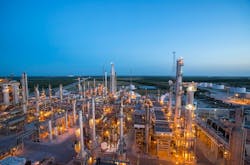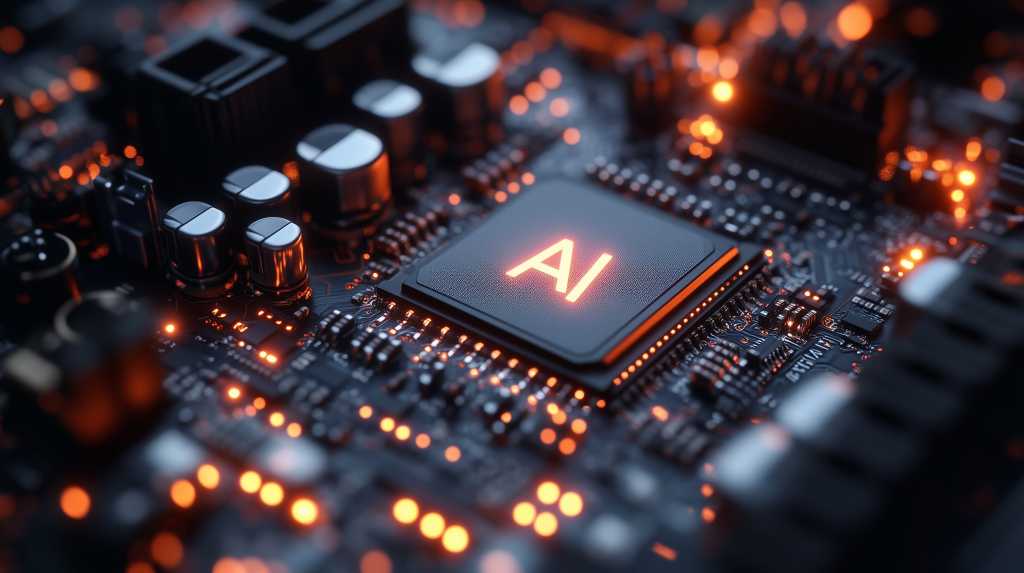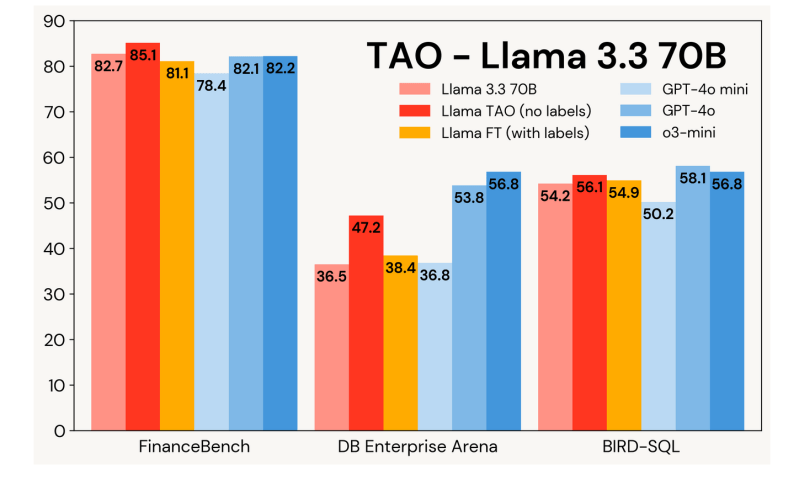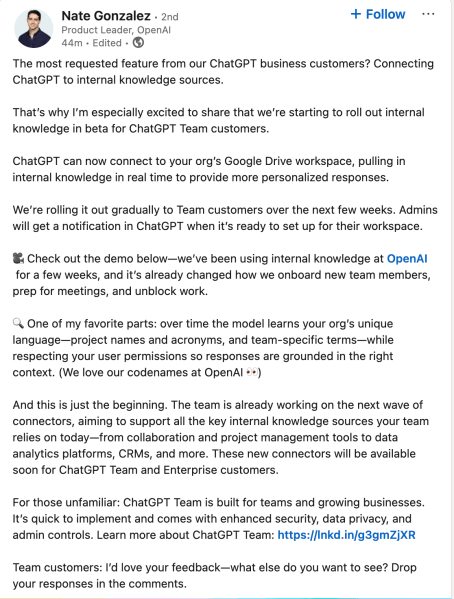@import url(‘/fonts/fira_sans.css’);
a { color: #134e85; }
.ebm-page__main h1, .ebm-page__main h2, .ebm-page__main h3, .ebm-page__main h4,
.ebm-page__main h5, .ebm-page__main h6 {
font-family: “Fira Sans”, Arial, sans-serif;
}
body {
letter-spacing: 0.025em;
font-family: “Fira Sans”, Arial, sans-serif;
}
button, .ebm-button-wrapper { font-family: “Fira Sans”, Arial, sans-serif; }
.label-style {
text-transform: uppercase;
color: var(–color-grey);
font-weight: 600;
font-size: 0.75rem;
}
.caption-style {
font-size: 0.75rem;
opacity: .6;
}
#onetrust-pc-sdk [id*=btn-handler], #onetrust-pc-sdk [class*=btn-handler] {
background-color: #212529 !important;
border-color: #212529 !important;
}
#onetrust-policy a, #onetrust-pc-sdk a, #ot-pc-content a {
color: #212529 !important;
}
#onetrust-consent-sdk #onetrust-pc-sdk .ot-active-menu {
border-color: #212529 !important;
}
#onetrust-consent-sdk #onetrust-accept-btn-handler,
#onetrust-banner-sdk #onetrust-reject-all-handler,
#onetrust-consent-sdk #onetrust-pc-btn-handler.cookie-setting-link {
background-color: #212529 !important;
border-color: #212529 !important;
}
#onetrust-consent-sdk
.onetrust-pc-btn-handler {
color: #212529 !important;
border-color: #212529 !important;
background-color: undefined !important;
}
<!–>
Valero Energy Corp. has confirmed a fire occurring on New Year’s Day at its 100,000-b/d refinery in Three Rivers, Tex., about halfway between San Antonio and Corpus Christi.
“[On the evening of Jan. 1], a fire was contained and extinguished at Valero’s Three Rivers [r]efinery,” Darcy Schroeder, Valero’s public affairs manager for the Three Rivers and Corpus Christi refineries, told OGJ via e-mail on Jan. 2.
No injuries occurred from the incident, Schroeder said.
Further details regarding the cause of the fire, its location, and the current status of operations at the refinery have yet to be revealed.























